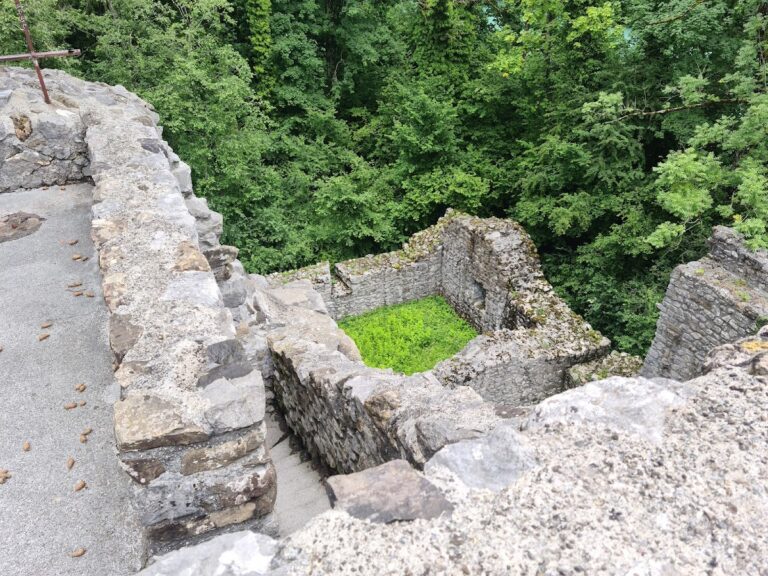Thun Castle: A Medieval Fortress and Museum in Bern, Switzerland
Visitor Information
Google Rating: 4.5
Popularity: Medium
Google Maps: View on Google Maps
Official Website: www.schlossthun.ch
Country: Switzerland
Civilization: Medieval European
Remains: Military
History
Thun Castle stands on a hill in the city of Thun, in the canton of Bern, Switzerland. Its origins trace back to the early Middle Ages when a small fort and church were established on the site. These early structures served as a refuge for local inhabitants during times of invasion, marking the hill as a place of protection and community safety.
Between 1180 and 1190, Duke Berthold V of the Zähringen family built the stone castle that forms the core of the present structure. Although the Zähringens never lived there, preferring their Burgdorf Castle, the fortress symbolized their influence in the region. The surviving foundations, walls, and the impressive Knights’ Hall date from this period, reflecting the family’s status.
In 1218, control of the castle passed to the Kyburg family. They expanded the main building by adding several floors and strengthened the defenses with new outer fortifications. A grim event occurred in 1322 when Eberhard II von Kyburg killed his brother Hartmann II within the castle walls. To protect his lands from Habsburg claims, Eberhard II sold the territory to the city of Bern but kept the castle as a feudal fief. The Kyburgs maintained rule for nearly two centuries.
The Burgdorferkrieg, or Kyburgerkrieg, war began in 1382, leading to Bern’s acquisition of Thun and Burgdorf castles in 1384. Under Bernese control, Thun Castle became a regional administrative center. It housed municipal institutions, including a garrison and local court. Between 1430 and 1436, a large roof was built to cover the inner courtyard, and around 1429, a late Gothic administrative and residential wing, known as the “new castle,” was added to the west to address space needs.
From at least the 1600s, the castle included a prison located unusually under the roof of the main keep, or bergfried. In 1886, a new prison was constructed on the grounds, and two years later, in 1888, the castle opened as a museum. Initially, the jailer also served as the ticket seller and guard. By the 19th century, the castle’s military role diminished as many institutions moved to the city, though some judicial functions continued until the late 2000s.
In 2006, ownership of the castle transferred from the canton of Bern to the municipal authorities of Thun. The castle remained the seat of the Bernese Oberland district court until the end of 2009.
Remains
Thun Castle features a strong main tower, or bergfried, with a nearly rectangular base rising five stories high. Each corner of this tower is reinforced by a round tower of equal height, all topped with pointed conical roofs. This design reflects medieval defensive architecture.
Two large wings extend from the southern side of the main tower, creating an open courtyard surrounded by other buildings. These outer structures once served as additional fortifications, known as the vorburg. During the Bernese period, between 1430 and 1436, a massive roof was built to cover the entire inner courtyard, a complex and costly architectural addition.
To the west of the main tower, an administrative and residential wing was added around 1429 in the late Gothic style. This section, called the “new castle,” was constructed to provide more space for the castle’s functions.
One of the castle’s most notable interior features is the Knights’ Hall, or Rittersaal, which dates back to the original Zähringen construction. This large room has a ceiling height of 14 meters and was designed to showcase the family’s prominence.
The prison cells were uniquely located under the roof of the main bergfried rather than in the basement, differing from typical fortress designs. A new prison building was later added on the castle grounds in the late 19th century.
Today, the castle is well preserved, with medieval walls and later additions intact. The main tower houses a museum spread over five floors, displaying cultural and historical artifacts spanning about 4,000 years, including archaeological finds from nearby valleys. The former Knights’ Hall serves as a venue for concerts, theater, and private events. The castle complex also includes a hotel and restaurant, integrating modern use with historic preservation.










